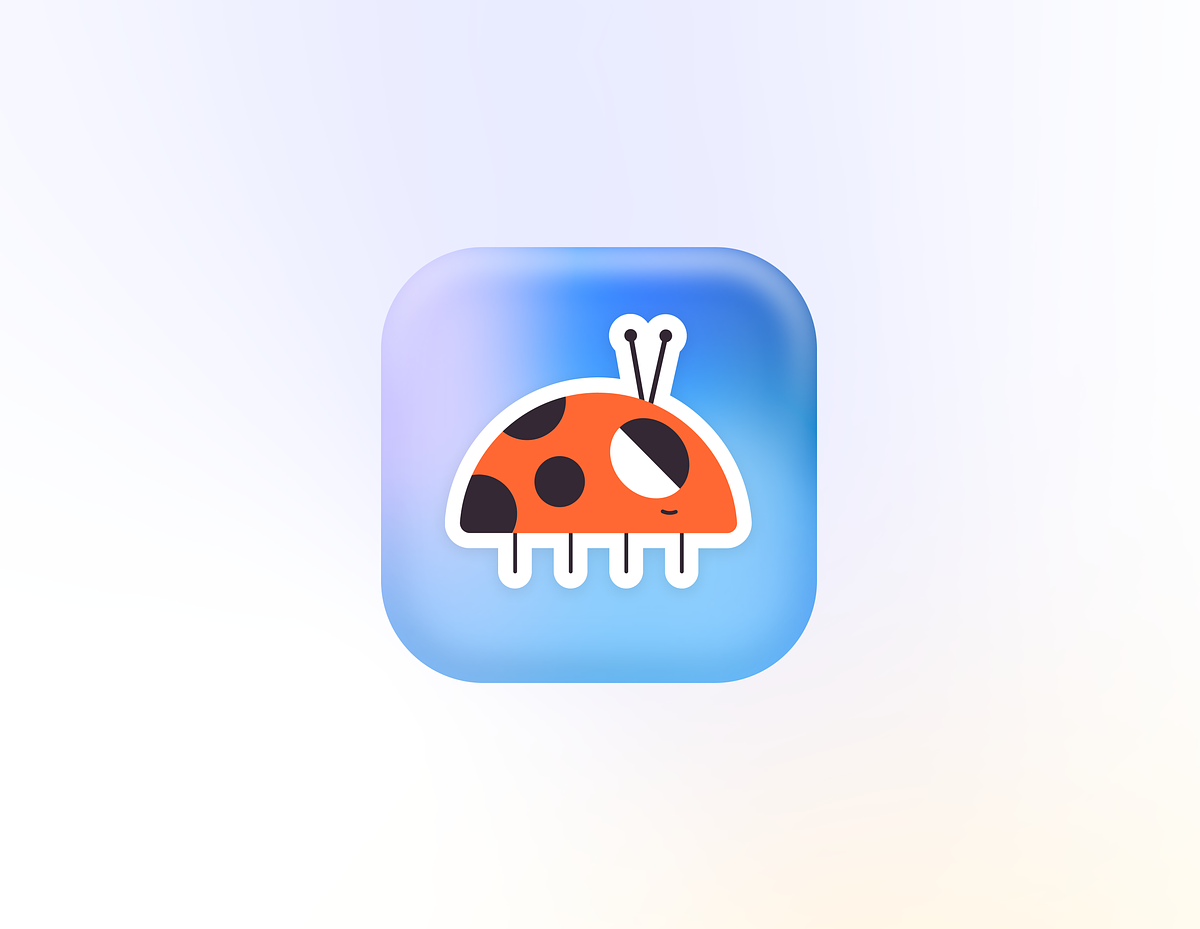Automated Bug Detection: Using AI to Enhance Code Quality
 Arun Khattar
Arun Khattar
In the dynamic realm of software development, maintaining a high level of code quality while adhering to tight schedules can be an intricate dance. Bugs and glitches can cast a shadow over projects, leading to delays and reputation setbacks. However, with the advent of Artificial Intelligence (AI) and its integration into the software development life cycle, a new era of automated bug detection has emerged, promising superior code quality and more streamlined workflows.
The Challenge of Bug Detection
Bugs, like unexpected visitors, can disrupt even the most well-organized projects. From syntactical errors to intricate logic flaws, bugs vary in complexity and impact. The challenge lies in detecting and fixing these issues promptly, which can consume a considerable amount of time and resources.
Enter AI-Powered Bug Detection
Artificial Intelligence, particularly Machine Learning (ML) algorithms, introduces a transformative approach to bug detection. These algorithms can sift through massive codebases, spotting patterns indicative of potential issues. By "learning" from historical bug data and code structures, AI algorithms can anticipate the locations where bugs might arise and highlight segments of code that demand closer scrutiny.
Here's how AI revolutionizes code quality through automated bug detection:
1. Pattern Recognition and Anomaly Detection
AI-driven bug detection tools excel in identifying patterns that often herald bugs, even within intricate codebases. By contrasting existing code with historical data, these tools flag code portions that deviate from established norms or possess anomalies that usually correlate with bugs.
2. Early Bug Detection
AI technology is adept at spotting bugs at their nascence, enabling developers to tackle issues before they propagate throughout the system. This accelerates debugging cycles and minimizes the likelihood of bugs infiltrating the testing phase.
3. Contextual Understanding
AI algorithms are proficient in understanding the context of code, encompassing variables, data structures, and their interconnections. This contextual comprehension allows AI tools to furnish more precise bug reports and recommendations for fixes.
4. Continuous Improvement
As AI tools analyze more code and accumulate additional bug-related data, their accuracy and efficacy augment over time. Consequently, they become more adept at detecting bugs and providing insightful suggestions for remediation.
5. Integration with Development Workflows
Many AI bug detection tools seamlessly integrate with widely-used development environments and version control systems. This real-time integration ensures bugs are unearthed as developers code, leading to swift resolutions and smoother development workflows.
6. Enhanced Collaboration
AI-powered tools offer detailed bug reports and proposed fixes, fostering more effective communication between developers, testers, and project managers. This heightened collaboration expedites the process of resolving bugs.
Ensuring a Smoother Development Workflow
The amalgamation of AI-powered bug detection into the development workflow heralds a plethora of advantages:
Accelerated Bug Resolution: Early bug detection translates to prompt fixes and curtailed debugging durations.
Diminished Maintenance Costs: Identifying and mitigating bugs during the development phase diminishes expenses associated with addressing issues in the production environment.
Elevated Code Quality: Developers gain insights into potential glitches and optimal practices, contributing to an overall improvement in code quality.
Heightened Developer Productivity: Automated bug detection liberates developers from excessive debugging, enabling them to focus on value-added tasks.
Strengthened Customer Confidence: Delivering bug-free software enhances customer satisfaction and fosters trust in your products.
AI Tools and Examples
Several AI-powered tools are making waves in the realm of automated bug detection. Here are a few prominent ones:
DeepCode: This tool employs AI to analyze code, identify bugs, and provide recommendations for improvements. It integrates with popular IDEs and version control systems.
CodeSonar: CodeSonar leverages static analysis and AI-driven algorithms to pinpoint complex bugs, vulnerabilities, and quality issues.
Snyk: Snyk specializes in identifying security vulnerabilities in open-source dependencies, preventing security bugs from infiltrating your codebase.
Kite: Kite utilizes AI to offer real-time code completions and suggestions, enhancing code quality and reducing the likelihood of errors.
OverOps: OverOps deploys AI to monitor code in production, capturing anomalies and errors that might have slipped through development and testing.
Real-World Example: GitHub Copilot
A remarkable instance of AI-enhanced coding is GitHub Copilot. Powered by OpenAI's Codex, Copilot assists developers by suggesting code snippets and autocompleting lines of code. By understanding the context, it becomes a collaborative partner in the development process, enhancing productivity and code quality.
Conclusion
The integration of AI-powered bug detection into the development workflow marks a milestone in the software engineering landscape. By harnessing the prowess of AI-driven algorithms, developers can identify bugs early, facilitate better collaboration, and deliver robust, polished software products. As the power of AI is harnessed, the future of bug detection is illuminated by the brilliance of automation and intelligence.
Subscribe to my newsletter
Read articles from Arun Khattar directly inside your inbox. Subscribe to the newsletter, and don't miss out.
Written by

Arun Khattar
Arun Khattar
"👨💻 Exploring the Digital Frontier | Code Weaver | Coffee Enthusiast ☕ | Turning Algorithms into Art | Navigating the Coding Cosmos | Converting Coffee to Code, One Line at a Time | Join me on my journey of crafting digital wonders."